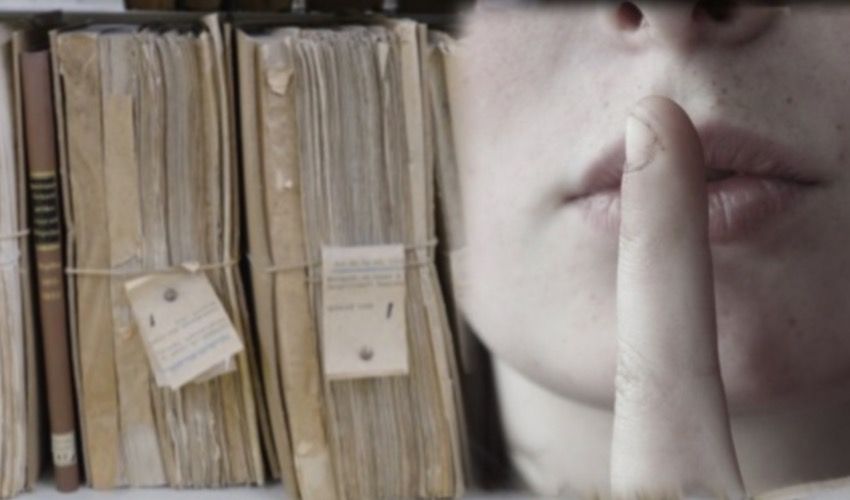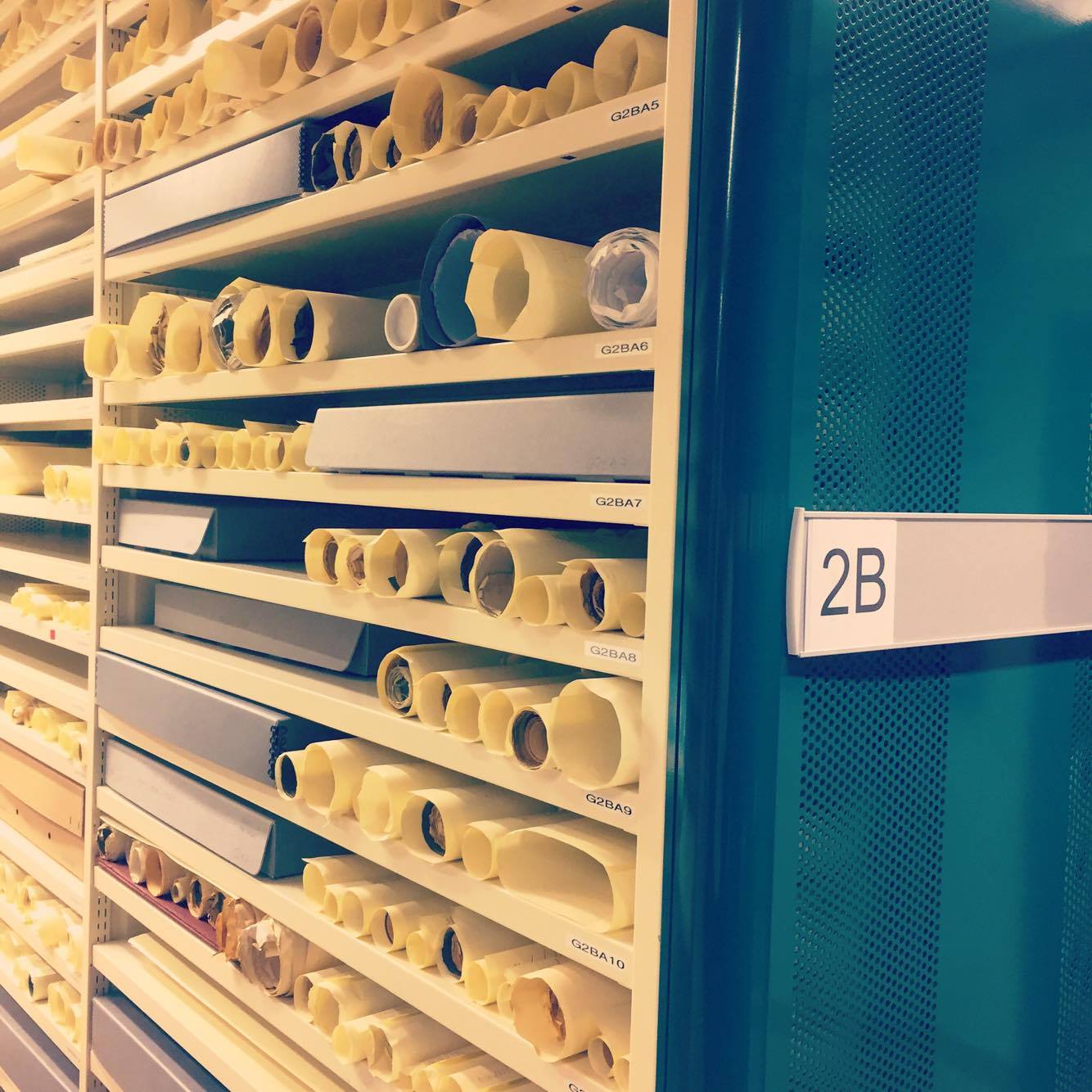

Government officials are refusing to reveal exactly how 4,000 historic files were destroyed – and who was responsible – in what has been described as the “most serious incident” since the introduction of the Public Records Law.
Despite facing numerous questions since the news broke last week, they have kept vague on when the “key documents” were actually destroyed, only saying that it happened as part of a programme of works to move to digital records between 2013 and 2015.
The lost documents – which included over 4,000 listed buildings files dating from the late 1980s and the 1990s as well as material from a 1970s Sites of Special Interest survey, and contained reports, correspondence and photographs of SSIs – were held by the Environment Department.
A spokesperson told Express that it was important to note that those “were not historic artefacts but typed up government notes dating from the 1980s and 1990s following listed building assessments.”
They further defended the move saying the data hadn’t been lost.

Pictured: The Government said the documents consisted of "notes dating from the 1980s and 1990s following listed building assessments."
In a previous statement, the government defended the major misstep, saying "no information was lost as a result of this incident, but had rather been stored in digital format." According to the spokesperson, the decision to digitise the files saved "space and money."
"Lever-arch files containing a number of planning applications, all submitted in the 1980s and 1990s, were determined to be of poor quality: the information was of insignificant value, and the files and papers in them were of poor standard.
"Officers decided that it would be sensible to scan the documents to keep the information, and then destroy the physical paperwork," they added.

Pictured: Mrs Romeril said that scanning does not produce an exact copy of a record but only “an impression of certain aspects of it.”
However, neither Jeremy Harris, Chairperson of the Records Advisory Panel – which reviews and advises Jersey Heritage and Government departments on their roles with respect to public records - nor the Director of Archives and Collections, Linda Romeril, share that view.
Mr Harris said the files represented “virtually the entire collection of files on the island’s Listed Buildings, prior to the recent resurvey, and their contents included reports, correspondence and photographs."
“This incident will undoubtedly have resulted in the loss of material of historic value,” he wrote. “This is the most serious incident involving the loss of public records since the Public Records Law came into force in 2003."

Pictured: The government says the files were destroyed before Historic Environment included them on a schedule.
Mrs Romeril explained that scanning does not produce an exact copy of a record but only “an impression of certain aspects of it.”
“In this instance the files included photographs that are significantly poorer quality in the scanned copies than if the originals still existed,” she explained. “It is also possible that pages from the original files have been missed in the scanned copies and also that any annotations in the originals are not legible in the digital files.”
Furthermore, the Government tried to justify the destruction of the documents in breach of the Public Records Law, saying it happened before Historic Environment put retention schedules - a list of all records created by a Department, how long they should be kept and whether they should be sent to the Archive or disposed of safely after that time – in place.

Pictured: The Archive reviewed the documents in 2009 and told the Department they were relevant for archiving then.
“Historic Environment put retention schedules in place in May 2015. All departments were asked to produce these schedules as part of a wider compliance with data laws. The retention schedule – which was drawn up after the destruction of the files in question - states that records must go to Jersey Archive once the department no longer needs them,” the government’s statement read.
However, this statement does not acknowledge the fact that Jersey Archive saw the documents in 2009 when they surveyed the Environment storage areas and identified them as relevant for archiving in July that year. Mrs Romeril confirmed that her department had pointed out the documents needed to be kept again in 2012.
The government has also declined to answer all questions about the individuals responsible for the decision and whether or not they had faced any repercussions - despite stating that “a full investigation” had been carried out.
Comments
Comments on this story express the views of the commentator only, not Bailiwick Publishing. We are unable to guarantee the accuracy of any of those comments.